Archives
- By thread 5332
-
By date
- June 2021 10
- July 2021 6
- August 2021 20
- September 2021 21
- October 2021 48
- November 2021 40
- December 2021 23
- January 2022 46
- February 2022 80
- March 2022 109
- April 2022 100
- May 2022 97
- June 2022 105
- July 2022 82
- August 2022 95
- September 2022 103
- October 2022 117
- November 2022 115
- December 2022 102
- January 2023 88
- February 2023 90
- March 2023 116
- April 2023 97
- May 2023 159
- June 2023 145
- July 2023 120
- August 2023 90
- September 2023 102
- October 2023 106
- November 2023 100
- December 2023 74
- January 2024 75
- February 2024 75
- March 2024 78
- April 2024 74
- May 2024 108
- June 2024 98
- July 2024 116
- August 2024 134
- September 2024 130
- October 2024 141
- November 2024 171
- December 2024 115
- January 2025 216
- February 2025 140
- March 2025 220
- April 2025 233
- May 2025 239
- June 2025 303
- July 2025 144
-
Hotels in the 2030s: Perspectives from Accor’s C-suite
Check in Share these insights
This email contains information about McKinsey’s research, insights, services, or events. By opening our emails or clicking on links, you agree to our use of cookies and web tracking technology. For more information on how we use and protect your information, please review our privacy policy.
You received this email because you subscribed to The Next Normal newsletter list.
Copyright © 2023 | McKinsey & Company, 3 World Trade Center, 175 Greenwich Street, New York, NY 10007
by "McKinsey & Company" <publishing@email.mckinsey.com> - 10:27 - 7 Aug 2023 -
GPS tracking App
Hello, There,
Hope you are doing well
Would you be interested in building your APPS ?
Today we have some new App Offer at an Affordable Price…
App like:-
ü Race Tracks app
ü GPS tracking App
ü Food tracking
ü Health check-up and food planner app
ü Data tracking app
ü Language learning app
ü Voice translation app
ü Call recording app
ü Scan to shop apps
ü Real-time car sharing app
ü Food recommendation app
If you have any type of App idea for your Business or for your work, please tell us we will make it for you at your Budget.
Please tell me your requirements with your website link working project…
Thanks, Regards
by "jemma" <jemmahughesj@hotmail.com> - 08:17 - 7 Aug 2023 -
Taking the pulse of social media marketing: A leader’s guide
Social life
by "McKinsey Leading Off" <publishing@email.mckinsey.com> - 02:24 - 7 Aug 2023 -
Recent reader faves
On Point
Fewer meetings, future mobility, and generative AI Brought to you by Liz Hilton Segel, chief client officer and managing partner, global industry practices, & Homayoun Hatami, managing partner, global client capabilities
We hope you’re enjoying On Point’s insights about what the daily news means for your business. After today, we’ll be taking a brief hiatus before returning to your inbox on August 21. In the meantime, make sure you haven’t missed these recent popular issues:
If you have friends or colleagues who might enjoy On Point, consider forwarding this email to them or sharing it on LinkedIn, Twitter, or Facebook. They can sign up for this or any of our 40+ other free email subscriptions at mckinsey.com/subscriptions. (And you might also want to revisit that page to see our full newsletter lineup.)
This email contains information about McKinsey's research, insights, services, or events. By opening our emails or clicking on links, you agree to our use of cookies and web tracking technology. For more information on how we use and protect your information, please review our privacy policy.
You received this email because you subscribed to the On Point newsletter.
Copyright © 2023 | McKinsey & Company, 3 World Trade Center, 175 Greenwich Street, New York, NY 10007
by "McKinsey On Point" <publishing@email.mckinsey.com> - 12:33 - 7 Aug 2023 -
Revisit our readers' favorite charts
The Week in Charts
Look back at recent highlights before a brief hiatus Thanks for reading The Week in Charts, your source for visuals that help make sense of the latest news and business trends. As summer reaches its peak on our side of the world, we’ll be taking a two-week break from our typical send schedule, returning to your inbox on August 19.
While we’re away, look back at some recent charts that resonated with our readers:If you have friends or colleagues who might enjoy The Week in Charts, consider forwarding this email to them or sharing it on LinkedIn, Twitter, or Facebook. They can sign up for this or any of our 40+ other free email subscriptions at mckinsey.com/subscriptions. (And you might also want to revisit that page to see our full newsletter lineup.)
Share these insights
Did you enjoy this newsletter? Forward it to colleagues and friends so they can subscribe too. Was this issue forwarded to you? Sign up for it and sample our 40+ other free email subscriptions here.
This email contains information about McKinsey's research, insights, services, or events. By opening our emails or clicking on links, you agree to our use of cookies and web tracking technology. For more information on how we use and protect your information, please review our privacy policy.
You received this email because you subscribed to The Week in Charts newsletter.
Copyright © 2023 | McKinsey & Company, 3 World Trade Center, 175 Greenwich Street, New York, NY 10007
by "McKinsey Week in Charts" <publishing@email.mckinsey.com> - 03:50 - 5 Aug 2023 -
EP71: CI/CD Pipeline Explained in Simple Terms
EP71: CI/CD Pipeline Explained in Simple Terms
This week’s system design refresher: Why Google and Meta Put Billion Lines of Code In 1 Repository? (Youtube video) CI/CD Pipeline Explained in Simple Terms What does API gateway do? Docker vs. Kubernetes. Which one should we use? Cloud Native Anti Patterns Open in app or online This week’s system design refresher:
Why Google and Meta Put Billion Lines of Code In 1 Repository? (Youtube video)
CI/CD Pipeline Explained in Simple Terms
What does API gateway do?
Docker vs. Kubernetes. Which one should we use?
Cloud Native Anti Patterns
QA Wolf gets you to 80% automated test coverage in 4 months (Sponsored)
Manually end-to-end testing? Here's why you should switch to automation:
Test all your user flows in 3 minutes
Freedom to run your test suite whenever you want
Increased confidence in releases
Time to focus on other priorities
The list goes on...
So why wouldn't you? Time and resources. In-house teams typically take 2 years to reach high coverage. And you need at least a few automation engineers to build, run, and maintain a test suite.
Not anymore.
QA Wolf offers a cost-effective approach to getting 80% test coverage in just 4 months — even for the most complex web apps.
And, they include unlimited parallel runs on their testing infrastructure + 24-hour maintenance and triage. Schedule a demo to learn more.
PS: QA Wolf has a 4.8/5 ⭐️ rating on G2 - reviewed by companies with 51-1000+ employees.
Why Google and Meta Put Billion Lines of Code In 1 Repository?
CI/CD Pipeline Explained in Simple Terms
Section 1 - SDLC with CI/CD
The software development life cycle (SDLC) consists of several key stages: development, testing, deployment, and maintenance. CI/CD automates and integrates these stages to enable faster, more reliable releases.
When code is pushed to a git repository, it triggers an automated build and test process. End-to-end (e2e) test cases are run to validate the code. If tests pass, the code can be automatically deployed to staging/production. If issues are found, the code is sent back to development for bug fixing. This automation provides fast feedback to developers and reduces risk of bugs in production.
Section 2 - Difference between CI and CD
Continuous Integration (CI) automates the build, test, and merge process. It runs tests whenever code is committed to detect integration issues early. This encourages frequent code commits and rapid feedback.
Continuous Delivery (CD) automates release processes like infrastructure changes and deployment. It ensures software can be released reliably at any time through automated workflows. CD may also automate the manual testing and approval steps required before production deployment.
Section 3 - CI/CD Pipeline
A typical CI/CD pipeline has several connected stages:
- Developer commits code changes to source control
- CI server detects changes and triggers build
- Code is compiled, tested (unit, integration tests)
- Test results reported to developer
- On success, artifacts are deployed to staging environments
- Further testing may be done on staging before release
- CD system deploys approved changes to productionLatest articles
If you’re not a subscriber, here’s what you missed this month.
"I Was Under Leveled!" — Avoiding the Tragedy of Making Only $500k a Year
Network Protocols behind Server Push, Online Gaming, and Emails
To receive all the full articles and support ByteByteGo, consider subscribing:
What does API gateway do?
The diagram below shows the detail.
Step 1 - The client sends an HTTP request to the API gateway.
Step 2 - The API gateway parses and validates the attributes in the HTTP request.
Step 3 - The API gateway performs allow-list/deny-list checks.
Step 4 - The API gateway talks to an identity provider for authentication and authorization.
Step 5 - The rate limiting rules are applied to the request. If it is over the limit, the request is rejected.
Steps 6 and 7 - Now that the request has passed basic checks, the API gateway finds the relevant service to route to by path matching.
Step 8 - The API gateway transforms the request into the appropriate protocol and sends it to backend microservices.
Steps 9-12: The API gateway can handle errors properly, and deals with faults if the error takes a longer time to recover (circuit break). It can also leverage ELK (Elastic-Logstash-Kibana) stack for logging and monitoring. We sometimes cache data in the API gateway.
Over to you:What’s the difference between a load balancer and an API gateway?
Do we need to use different API gateways for PC, mobile and browser separately?
Docker vs. Kubernetes. Which one should we use?
What is Docker ?
Docker is an open-source platform that allows you to package, distribute, and run applications in isolated containers. It focuses on containerization, providing lightweight environments that encapsulate applications and their dependencies.
What is Kubernetes ?
Kubernetes, often referred to as K8s, is an open-source container orchestration platform. It provides a framework for automating the deployment, scaling, and management of containerized applications across a cluster of nodes.
How are both different from each other ?
Docker: Docker operates at the individual container level on a single operating system host.
You must manually manage each host and setting up networks, security policies, and storage for multiple related containers can be complex.
Kubernetes: Kubernetes operates at the cluster level. It manages multiple containerized applications across multiple hosts, providing automation for tasks like load balancing, scaling, and ensuring the desired state of applications.
In short, Docker focuses on containerization and running containers on individual hosts, while Kubernetes specializes in managing and orchestrating containers at scale across a cluster of hosts.
Over to you: What challenges prompted you to switch from Docker to Kubernetes for managing containerized applications?Guest post by Govardhana Miriyala Kannaiah.
Cloud Native Anti Patterns
By being aware of these anti-patterns and following cloud-native best practices, you can design, build, and operate more robust, scalable, and cost-efficient cloud-native applications.
Monolithic Architecture:
One large, tightly coupled application running on the cloud, hindering scalability and agilityIgnoring Cost Optimization:
Cloud services can be expensive, and not optimizing costs can result in budget overrunsMutable Infrastructure:
- Infrastructure components are to be treated as disposable and are never modified in place
- Failing to embrace this approach can lead to configuration drift, increased maintenance, and decreased reliabilityInefficient DB Access Patterns:
Use of overly complex queries or lacking database indexing, can lead to performance degradation and database bottlenecksLarge Containers or Bloated Images:
Creating large containers or using bloated images can increase deployment times, consume more resources, and slow down application scalingIgnoring CI/CD Pipelines:
Deployments become manual and error-prone, impeding the speed and frequency of software releasesShared Resources Dependency:
Applications relying on shared resources like databases can create contention and bottlenecks, affecting overall performanceUsing Too Many Cloud Services Without a Strategy:
While cloud providers offer a vast array of services, using too many of them without a clear strategy can create complexity and make it harder to manage the application.Stateful Components:
Relying on persistent state in applications can introduce complexity, hinder scalability, and limit fault tolerance
Over to you:
What anti-patterns have you faced in your cloud-native journey? How did you conquer them?Latest articles
Here are the latest articles you may have missed:
To receive all the full articles and support ByteByteGo, consider subscribing:
Like
Comment
Restack
© 2023 ByteByteGo
548 Market Street PMB 72296, San Francisco, CA 94104
Unsubscribe
by "ByteByteGo" <bytebytego@substack.com> - 11:37 - 5 Aug 2023 -
The top trends in tech
Plus, gen AI’s breakout year The first half of 2023 has seen a resurgence of enthusiasm about technology’s potential to catalyze progress in business and society—and generative AI (gen AI) deserves much of the credit for this revival. What are the top trends executives should pay attention to as the second half of the year unfolds? In our first featured story this month, Michael Chui, Mena Issler, Roger Roberts, and Lareina Yee—representing views from McKinsey’s Technology Council—identify the 15 most significant technology trends developing today and highlight how businesses can capitalize on them to propel innovation and achieve sustainable growth. Our second featured story presents findings from the latest annual McKinsey Global Survey on the current state of AI, which confirms the explosive growth of gen AI tools. Other highlights in this month’s issue include the following topics:
•
how gen AI and other forces are changing the way people work and the work people do
•
the effects of the COVID-19 pandemic on real estate in “superstar” cities
•
why middle managers are the true center of organizations
•
four must-dos today for retail executives

Generative AI and the future of work in America
Multiple forces are set to fuel growth in certain occupations and erode jobs in others.
Download the full report
Empty spaces and hybrid places: The pandemic’s lasting impact on real estate
Real estate in the world’s superstar cities has not kept up with shifts in behavior caused by the pandemic. The cities’ vibrancy is at risk, and they will have to adapt.
Explore the full report
Middle managers are the heart of your company
Stop thinking of middle management as a way station. Instead, make it a destination.
Offer the right rewards
Retail reset: A new playbook for retail leaders
In light of unprecedented industry disruption, a retailer’s actions today could determine whether it spends the next 20 years as a leader or a laggard. Here are four must-dos for retail executives.
Think creatively
Making sense of generational stereotypes at work
Boomers to the left of you; Gen Z to the right. Are we really so bafflingly different?
People are people
Digital and AI transformation’s new playbook
Chatbots, cloud computing, generative AI—a company’s digital transformation has never been more paramount. Are you rewired to win?
Dive deeper
McKinsey Explainers
Find direct answers to complex questions, backed by McKinsey’s expert insights.
Learn more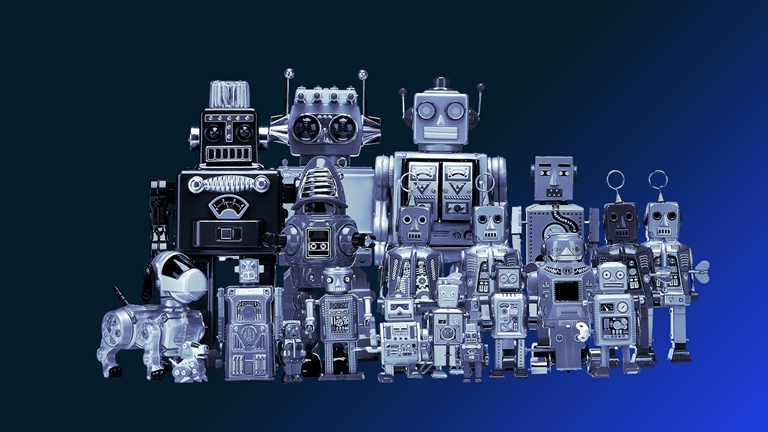
McKinsey Themes
Browse our essential reading on the topics that matter.
Get up to speed
McKinsey on Books
Explore this month’s best-selling business books prepared exclusively for McKinsey Publishing by Circana.
See the lists
McKinsey Chart of the Day
See our daily chart that helps explain a changing world—as we strive for sustainable, inclusive growth.
Dive in
McKinsey Classics
What’s the link between “moments of truth” and customers’ purchase decisions? Read our 2006 classic “The ‘moment of truth’ in customer service” to learn more.
Rewind
The Daily Read
Our Daily Read newsletter highlights an article a day, picked by our editors.
Subscribe now— Edited by Eleni Kostopoulos, managing editor, New York
Share these insights
Did you enjoy this newsletter? Forward it to colleagues and friends so they can subscribe too. Was this issue forwarded to you? Sign up for it and sample our 40+ other free email subscriptions here.
This email contains information about McKinsey's research, insights, services, or events. By opening our emails or clicking on links, you agree to our use of cookies and web tracking technology. For more information on how we use and protect your information, please review our privacy policy.
You received this email because you are a registered member of our Monthly Highlights newsletter.
Copyright © 2023 | McKinsey & Company, 3 World Trade Center, 175 Greenwich Street, New York, NY 10007
by "McKinsey Highlights" <publishing@email.mckinsey.com> - 11:15 - 5 Aug 2023 -
The future of hotels: Customized experiences, sustainable practices
Explore the hotels of tomorrow The Next Normal | Explore the hotels of tomorrow Share these insights
Did you enjoy this email? Forward it to colleagues and friends so they can subscribe too. Was this alert forwarded to you? Sign up for it and sample our 40+ other free email subscriptions here.
This email contains information about McKinsey’s research, insights, services, or events. By opening our emails or clicking on links, you agree to our use of cookies and web tracking technology. For more information on how we use and protect your information, please review our privacy policy.
You received this email because you subscribed to The Next Normal newsletter list.
Copyright © 2023 | McKinsey & Company, 3 World Trade Center, 175 Greenwich Street, New York, NY 10007
by "McKinsey & Company" <publishing@email.mckinsey.com> - 02:45 - 4 Aug 2023 -
Sustainable and inclusive growth: Gen AI and the future of work
Get updated New from McKinsey & Company

Sustainable and inclusive growth: A weekly briefing
Get updated 

Share these insights
This email contains information about McKinsey's research, insights, services, or events. By opening our emails or clicking on links, you agree to our use of cookies and web tracking technology. For more information on how we use and protect your information, please review our privacy policy.
You received this email because you subscribed to our McKinsey Global Institute alert list.
Copyright © 2023 | McKinsey & Company, 3 World Trade Center, 175 Greenwich Street, New York, NY 10007
by "McKinsey & Company" <publishing@email.mckinsey.com> - 01:15 - 4 Aug 2023 -
Our 2023 summer reading guide is here
On Point
Picks from leaders around the world Brought to you by Liz Hilton Segel, chief client officer and managing partner, global industry practices, & Homayoun Hatami, managing partner, global client capabilities
•
Low levels of reading. Nearly a third of American students spend very little or no time reading for pleasure, and the average 13-year-old’s reading scores have fallen to their lowest level in about two decades, according to a recent National Assessment of Educational Progress report. Experts point to technology and social media as among the largest factors that may be contributing to a lack of reading. The average age that a child gets their first mobile phone is now 11, a 2022 Stanford Medicine study revealed. That’s an age where reading is normally encouraged. [The Hill]
•
What to read. Our world is both concerning—with executives navigating geopolitical tensions, economic setbacks, and other challenges—and exciting, with the advent of generative AI, which promises to shift the way we work. Our annual summer reading list reflects today’s evolving times, with selections by leaders from around the world, including picks from McKinsey global managing partner Bob Sternfels, chief marketing officer Tracy Francis, managing partner of global client capabilities Homayoun Hatami, and senior partner Rodney Zemmel. We also provide 11 additional curated reading lists.
— Edited by Vanessa Burke, editor, Atlanta
This email contains information about McKinsey's research, insights, services, or events. By opening our emails or clicking on links, you agree to our use of cookies and web tracking technology. For more information on how we use and protect your information, please review our privacy policy.
You received this email because you subscribed to the On Point newsletter.
Copyright © 2023 | McKinsey & Company, 3 World Trade Center, 175 Greenwich Street, New York, NY 10007
by "McKinsey On Point" <publishing@email.mckinsey.com> - 12:33 - 4 Aug 2023 -
Database Indexing Strategies - Part 2
Database Indexing Strategies - Part 2
In this article, we continue the exploration of effective database indexing strategies that we kicked off in the July 6 issue. We’ll discuss how indexing is used in non-relational databases and round off our discussion on general database indexing strategies with practical use cases and best practices. Open in app or online This is a sneak peek of today’s paid newsletter for our premium subscribers. Get access to this issue and all future issues - by subscribing today.
Latest articles
If you’re not a subscriber, here’s what you missed this month.
"I Was Under Leveled!" — Avoiding the Tragedy of Making Only $500k a Year
Network Protocols behind Server Push, Online Gaming, and Emails
To receive all the full articles and support ByteByteGo, consider subscribing:
In this article, we continue the exploration of effective database indexing strategies that we kicked off in the July 6 issue. We’ll discuss how indexing is used in non-relational databases and round off our discussion on general database indexing strategies with practical use cases and best practices.
Indexing in Non-relational Databases
In the July 6 issue, we focused on indexing use cases for relational databases where records are stored as individual rows. There are other popular types of databases where some forms of indexing are also used. We will briefly discuss how indexing is used in the other common form of databases - NoSQL.
NoSQL, LSM Tree, and Indexing
NoSQL databases are a broad class of database systems, designed for flexibility, scalability, and the ability to handle large volumes of structured and unstructured data. A popular data structure used in some types of NoSQL databases, notably key-value and wide-column stores, is the Log-Structured Merge-tree (LSM Tree). Unlike traditional B-Tree-based index structures, LSM Trees are optimized for write-intensive workloads, making them ideal for applications where the rate of data ingestion is high.
An LSM Tree is, in itself, a type of index. It maintains data in separate structures, each of which is a sorted tree-based index. The smaller structure resides in memory (known as a MemTable), while the larger one is stored on disk (called SSTables). Write operations are first made in the MemTable. When the MemTable reaches a certain size, its content is flushed to disk as an SSTable. The real magic of LSM Trees comes into play during read operations. While the read path is more complex due to data being spread across different structures, the LSM Tree employs techniques such as Bloom Filters and Partition Indexes to locate the required data rapidly.
Secondary Index for LSM Tree-based Databases
The LSM tree is an efficient way to perform point lookups and range queries on primary keys. However, performing a query on a non-primary key requires a full table scan which is inefficient.
This is where a secondary index is useful. A secondary index, as the name suggests, is an index that is created on a field other than the primary key field. Unlike the primary index where data is indexed based on the key, in a secondary index, data is indexed based on non-key attributes. It provides an alternative path for the database system to access the data, allowing for more efficient processing of queries that do not involve the key.
Creating a secondary index in an LSM Tree-based database involves creating a new LSM Tree, where the keys are the values of the field on which the index is created, and the values are the primary keys of the corresponding records. When a query is executed that involves the indexed field, the database uses the secondary index to rapidly locate the primary keys of the relevant records, and then retrieves the full records from the primary index.
However, one of the complexities of secondary indexes in LSM Tree-based databases is handling updates. Due to the write-optimized nature of LSM Trees, data in these databases is typically immutable, which means updates are handled as a combination of a write (for the new version of a record) and a delete (for the old version). To maintain consistency, both the primary data store and the secondary index need to be updated simultaneously. This can lead to performance trade-offs and increase the complexity of maintaining index consistency.
Index Use Cases
Now that we discussed how indexes are used in different types of database systems, let’s now turn our attention to some of the common indexing use cases.
Point Lookup
The simplest use case for an index is to speed up searches on a specific attribute or key. Let's consider an example: a car dealership has a table with columns 'car_id' and 'color'. 'Car_id' is the primary key and thus has an inherent clustered index. If we need to find a car by its 'car_id', the database can quickly locate the information.
However, what if we need to find all cars of a certain color? Without an index on the 'color' column, the database would have to scan every row in the table. This is a time-consuming process for a large table. Creating a non-clustered index on the 'color' column allows the database to efficiently retrieve all cars of a particular color, transforming what was a full table scan into a much faster index scan.
Range Lookup
Indexes can also be used to efficiently retrieve a range of values. Consider a blog platform where 'post_id' is the primary key and 'created_time' is another attribute. Without an index, to find the 20 most recent posts, the database would need to scan all records and sort them by 'created_time'.
However, if 'created_time' is indexed, the database can use this index to quickly identify the most recent posts. This is because the index on 'created_time' stores post_id values in the order they were created, allowing the database to efficiently find the most recent entries without having to scan the entire table.
Prefix Search
Indexes are also useful for prefix searches, thanks to their sorted nature. Imagine a scenario where a search engine keeps a table of previously searched terms and their corresponding popularity scores.
When a user starts typing a search term, the engine wants to suggest the most popular terms that start with the given prefix. A B-tree index on the search terms allows the engine to efficiently find all terms with the given prefix. Once these terms are found, they can be sorted by popularity score to provide the most relevant suggestions.
In this scenario, a prefix search can be further optimized by using a trie or a prefix tree, a special kind of tree where each node represents a prefix of some string.
Geo-Location Lookup
Geohashes are a form of spatial index that divides the Earth into a grid. Each cell in the grid is assigned a unique hash, and points within the same cell share the same hash prefix. This makes geohashes perfect for querying locations within a certain proximity.

Source: Spatial Indexing To find all the points within a certain radius of a location, we only need to search for points that share a geohash prefix with the target location. This is a lot faster than calculating the distance to every point in the database...
Keep reading with a 7-day free trial
Subscribe to ByteByteGo Newsletter to keep reading this post and get 7 days of free access to the full post archives.
A subscription gets you:
An extra deep dive on Thursdays Full archive Many expense it with team's learning budget Like
Comment
Restack
© 2023 ByteByteGo
548 Market Street PMB 72296, San Francisco, CA 94104
Unsubscribe
by "ByteByteGo" <bytebytego@substack.com> - 11:39 - 3 Aug 2023 -
‘Crossing the river by feeling the stones’
Resilience is key Share these insights
This email contains information about McKinsey’s research, insights, services, or events. By opening our emails or clicking on links, you agree to our use of cookies and web tracking technology. For more information on how we use and protect your information, please review our privacy policy.
You received this email because you subscribed to our McKinsey Quarterly alert list.
Copyright © 2023 | McKinsey & Company, 3 World Trade Center, 175 Greenwich Street, New York, NY 10007
by "McKinsey Quarterly" <publishing@email.mckinsey.com> - 10:21 - 3 Aug 2023 -
Security Vulnerability: How Observability can help
New Relic

Detecting security threats in complex distributed and microservice-based applications is increasingly difficult. By adopting observability practices, engineering teams can bridge the gap between development and production environments, and gain valuable insights into an application's attack surface.
New Relic's Vulnerability Management helps visualize security vulnerabilities, including external dependencies. In our blog on security vulnerability, we explore how leveraging MELT with New Relic (metrics, events, logs, and traces) can provide essential security insights into applications.Read the Blog Need help? Let's get in touch. 

 This email is sent from an account used for sending messages only. Please do not reply to this email to contact us—we will not get your response.
This email is sent from an account used for sending messages only. Please do not reply to this email to contact us—we will not get your response.View in browser
This email was sent to info@learn.odoo.com. Update your email preferences.For information about our privacy practices, see our Privacy Policy.
Need to contact New Relic? You can chat or call us at +44 20 3859 9190
Strand Bridge House, 138-142 Strand, London WC2R 1HH
© 2023 New Relic, Inc. All rights reserved. New Relic logo are trademarks of New Relic, Inc.
by "New Relic" <emeamarketing@newrelic.com> - 05:36 - 3 Aug 2023 -
As heat and humidity increase, could India get too hot to work?
On Point
The cost of lost labor hours Brought to you by Liz Hilton Segel, chief client officer and managing partner, global industry practices, & Homayoun Hatami, managing partner, global client capabilities
•
Lacking air-conditioning. As record-high temperatures are being recorded across the globe, women are disproportionately exposed to health and financial risks. Extreme heat in India, Nigeria, and the United States limits women’s capacity for paid labor, amounting to $120 billion in lost productivity each year. Women who perform domestic chores, including collecting water for cleaning and cooking, are especially vulnerable to scorching temperatures. Just 9% of women’s working hours in India occur in air-conditioned workplaces. [Scientific American]
•
Climate risk challenges. As India faces a rapidly changing physical environment, extreme heat and humidity could put millions of lives and billions of dollars at risk. In fact, India could become one of the world’s first places to experience heat waves that exceed what a healthy human resting in the shade could survive, McKinsey Global Institute director Jonathan Woetzel and coauthors explain. Rising heat and humidity levels will also affect labor productivity and economic growth in an economy that relies substantially on outdoor work.
•
What extreme heat costs. Chronic exposure to extreme heat rapidly decreases people’s ability to perform outdoor work. In India, the number of daylight hours during which outdoor work is unsafe will increase approximately 15% by 2030, compared with today’s levels, McKinsey analysis reveals. Lost labor hours due to increasing heat and humidity levels could put roughly 2.5 to 4.5% of GDP at risk by 2030, equivalent to roughly $150 billion to $250 billion. See what it would take for India to address the risk of lethal heat waves.
— Edited by Belinda Yu, editor, Atlanta
This email contains information about McKinsey's research, insights, services, or events. By opening our emails or clicking on links, you agree to our use of cookies and web tracking technology. For more information on how we use and protect your information, please review our privacy policy.
You received this email because you subscribed to the On Point newsletter.
Copyright © 2023 | McKinsey & Company, 3 World Trade Center, 175 Greenwich Street, New York, NY 10007
by "McKinsey On Point" <publishing@email.mckinsey.com> - 12:14 - 3 Aug 2023 -
คุณอยากรู้วิธีเร่งประสิทธิภาพของโรงงานอัจฉริยะหรือไม่?
Schneider Electric
เชื่อมต่อกับ Edge Expertกำลังมองหาการประมวลผลเอดจ์อุตสาหกรรมสำหรับโรงงานอัจฉริยะ?Dear Abul,
การประมวลผลข้อมูลอย่างรวดเร็วโดยไม่ชักช้าในโรงงานอัจฉริยะสามารถเพิ่มผลผลิตและความสามารถในการทำกำไรของบริษัทได้อย่างมากด้วยการตอบสนองอัตโนมัติในพื้นที่ ในการใช้กระบวนการอัตโนมัติของโรงงานอัจฉริยะอย่างแท้จริง ข้อมูลจะต้องได้รับการประมวลผลในหน่วยมิลลิวินาที ซึ่งเป็นการวางรากฐานสำหรับการใช้งานต่างๆ ตั้งแต่การบำรุงรักษาเชิงคาดการณ์ไปจนถึงกระบวนการผลิตและการดำเนินงานที่มีความคล่องตัวและเป็นดิจิทัล
ตรวจสอบโซลูชันศูนย์ข้อมูลขนาดเล็กต่างๆ สำหรับการนำกระบวนการอัตโนมัติของโรงงานอัจฉริยะไปใช้งานโดย Schneider Electric และหารือกับผู้เชี่ยวชาญของ Schneider Electric เราขอแนะนำให้คุณขอคำปรึกษาจากผู้เชี่ยวชาญ+ Lifecycle Services From energy and sustainability consulting to optimizing the life cycle of your assets, we have services to meet your business needs. Schneider Electric
46 Rungrojthanakul Building. 1st, 10th, 11th Floor, Ratchadapisek Road. Huaykwang
Bangkok - 10310, Thailand
Phone +662 617 5555© 2023 Schneider Electric. All Rights Reserved. Schneider Electric is a trademark and the property of Schneider Electric SE, its subsidiaries and affiliated companies. All other trademarks are the property of their respective owners.
by "Noe Noe OO, Schneider Electric" <Marcom.thailand@se.com> - 09:02 - 2 Aug 2023 -
Enhance Driver Safety and Vehicle Efficiency with Our Driver Monitoring System 🚗💡!
Enhance Driver Safety and Vehicle Efficiency with Our Driver Monitoring System 🚗💡!
Empower your clients with real-time alerts and comprehensive reports, making their fleets smarter and safer.
Embrace DMS Technology for Growth

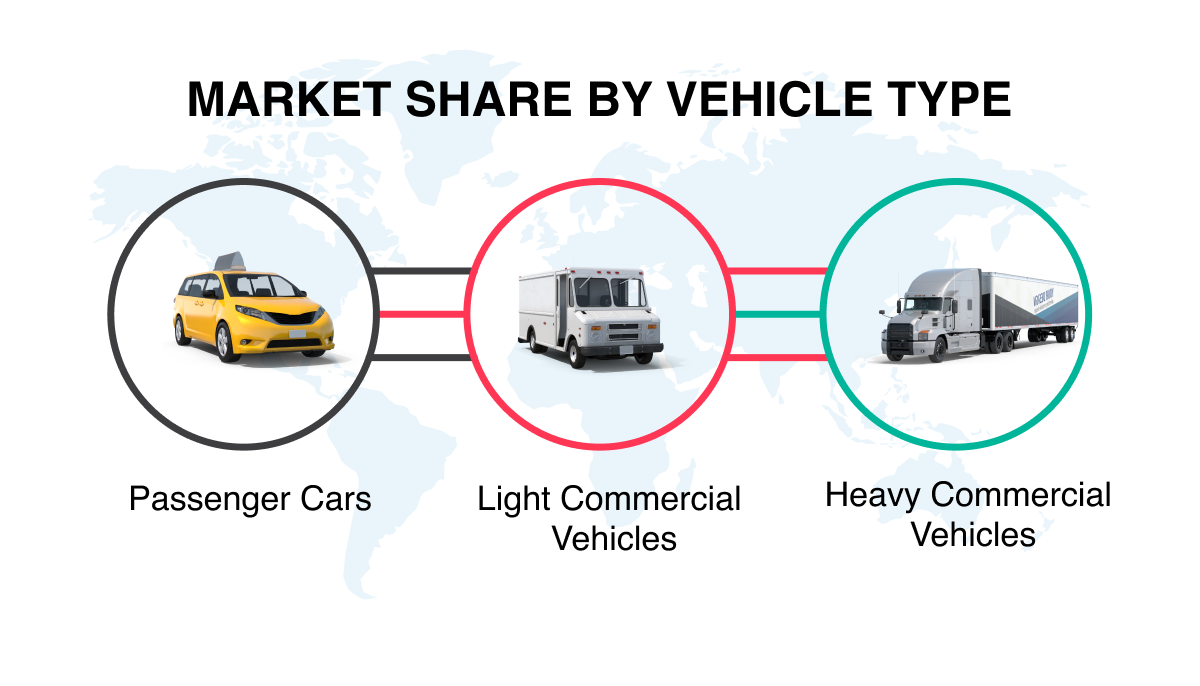
Empower your clients with real-time alerts and comprehensive reports, making their fleets smarter and safer
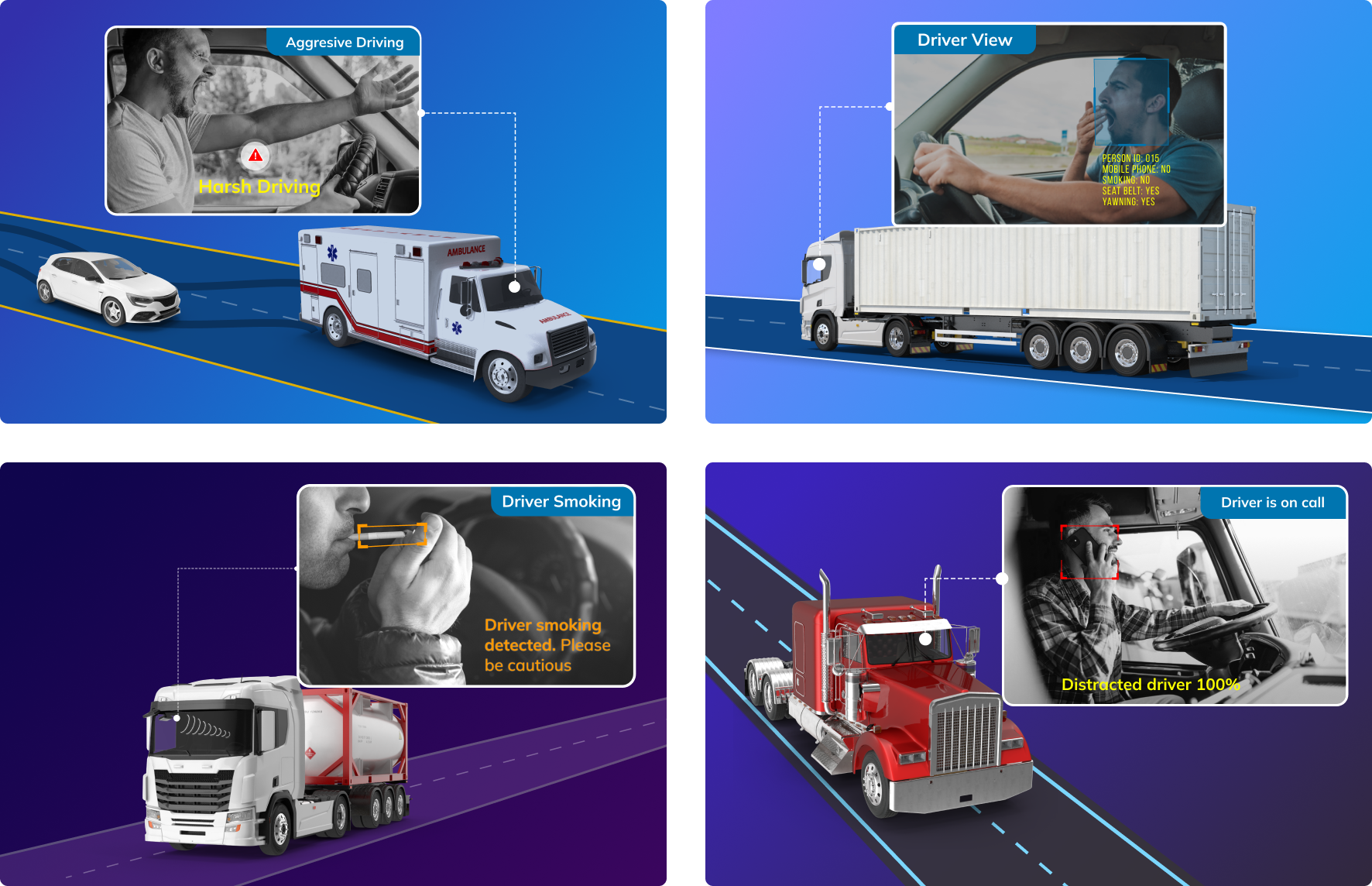
To know more and dive deeper
Uffizio Technologies Pvt. Ltd., 4th Floor, Metropolis, Opp. S.T Workshop, Valsad, Gujarat, 396001, India
by "Sunny Thakur" <sunny.thakur@uffizio.com> - 08:00 - 2 Aug 2023 -
Workers’ ideas are a valuable transformation resource
Re:think
Transforming from the bottom up 
ON WORKER INGENUITY
How companies can transform with workers’ insights
AD BhatiaWhen consumer companies undergo transformations, their focus is rightly on creating the infrastructure that can meet the multiple challenges that arise. Empowering a chief transformation officer and creating a transformation office are key elements of that.
But leaders should also take a step back and ask what—and who—these roles are meant to serve. We think the people in these roles should focus on building two kinds of capabilities across the entire team: one, getting used to the idea of sharing and accepting great ideas, whatever their source. And two, learning how to implement those ideas and change the way work gets done. Insights that come from a company’s workers can change the trajectory of a product, fix a frontline bug, or solve a long-running customer problem. Support and follow-through from managers are crucial here.
Focusing on capability building during a transformation is a great way to energize people so they feel buy-in for the transformation in the first place and maintain that enthusiasm over time. Some of the most exciting organizational changes we’ve witnessed are the result of individuals being newly empowered to bring their ideas to managers, who are newly open to receiving them and passing them along to their bosses.
Imagine a shift in mindset away from “worker, do X, Y, and Z” to “let’s ask frontline and more junior colleagues to help solve problems.” We’ve seen how that new mindset can lead to differentiated and inspiring results, particularly after senior leaders realize ideas may not be bubbling up on their own.
Our research has revealed several examples of how this works. Take this story from a beverage company: a frontline worker who had been on the same bottling line for years had become frustrated by how often the line jammed. He never did anything about it because he felt it wasn’t his job. However, when the company’s transformation launched, employees were encouraged to share their ideas. So, this worker suggested putting a small “kicker” on the line that would automatically free up jams. He was paired with an engineer to design the kicker together.
The frontline employee was also encouraged to share this idea with other lines and plants, which led to the kicker device being implemented across the network, driving significant productivity improvements. That success set the bar for other sites, which, in turn, began pushing their own new initiatives across the network. This constant idea generation became the new normal for the company.“When supported and implemented, insights that come from a company’s workers can change the trajectory of a product, fix a frontline bug, or solve a long-running customer problem.”
McKinsey’s research shows that capability-building programs for frontline workers can drive performance at scale. My colleague Kevin Carmody noted in a 2022 interview that companies that engaged their frontline employees lifted their shareholder returns considerably.
The store operations team at a footwear retailer recognized that complex backroom stocking layouts needed to evolve. In a prior era of in-store comparison shopping, it made sense to stock similar products from competing brands next to one another so that a store associate could bring several related footwear styles to a customer who asked to try on a specific shoe.
A store manager proposed testing a simplified back room that would make it easier and faster to access in-demand products. The team ran a rapid pilot in select stores and, after confirming there was real value to the changes, worked to implement this new way of working across stores, saving money while also improving customer experience.
A marketing manager with nearly 20 years of experience in consumer goods felt frustrated by the extreme seasonality of her business. The fate of her team’s yearlong efforts hinged on whether sales targets could be met in the last two months of the year. She got a chance to break this cycle when her company’s growth transformation launched.
She pitched an idea to create seasonal campaigns outside the holiday window to drive incremental sales throughout the year. While her idea itself wasn’t new, the organization’s receptiveness to it was. She gained broad buy-in by collaborating with her sales, finance, and product development colleagues to quantify the potential impact, ultimately garnering sponsorship from the chief commercial officer. This was possible because the company created a mechanism to turn ideas into real business cases that get approved and funded.
In each of these examples, the transformation infrastructure gave employees the chance to share ideas that had implications for the company’s bottom line. The best transformations break down silos, emphasize that problem solving is not just the purview of top management, and provide financial and other incentives to spur folks to take part. When employees are encouraged to jump in, and build new skills in the process, it gets addictive. They want to offer their thoughts more often, and so do their peers. Bottom-up ideas coupled with top-down support: that’s the golden transformation ticket.ABOUT THE AUTHOR
AD Bhatia is a partner in McKinsey’s New Jersey office and a leader in the Consumer Practice, where he focuses on consumer and retail transformations.
MORE FROM THIS AUTHOR
UP NEXTHarald Fanderl on experience-led growth
Established companies often concentrate on acquiring new customers to be competitive, but they shouldn’t forget the advantage they already have: current customers. By focusing on their experience and satisfaction, leaders can optimize businesses and set a foundation to unlock future growth.
This email contains information about McKinsey’s research, insights, services, or events. By opening our emails or clicking on links, you agree to our use of cookies and web tracking technology. For more information on how we use and protect your information, please review our privacy policy.
You received this email because you subscribed to our McKinsey Quarterly alert list.
Copyright © 2023 | McKinsey & Company, 3 World Trade Center, 175 Greenwich Street, New York, NY 10007
by "McKinsey Quarterly" <publishing@email.mckinsey.com> - 02:56 - 2 Aug 2023 -
API Trends, Insights, Webinars, and More!
SmartBear
See our latest product updates and learn about what’s coming nextHi Abul,
We're back with our monthly API newsletter. Let's dive into this month's API trends, insights, webinars, and more!
 Hot Off the PressIntroducing SwaggerHub Portal
Hot Off the PressIntroducing SwaggerHub Portal
Time to market is important for API development. SwaggerHub's newest integrated capabilities, Portal and Explore, can help you save time and resources by providing a centralized platform for designing, exploring, and documenting your APIs. Discover how at our upcoming webinar. API Innovative Insights
API Innovative Insights Become an expert on the latest updates and trends
Become an expert on the latest updates and trends
 Want to Learn More?
Want to Learn More?
Check out what else has been happening at SmartBear
BLOGWhat’s New in SwaggerHub: OpenAPI Specification 3.1We are excited to announce SwaggerHub’s support for OpenAPI 3.1. Learn more about our plans for future releases with OpenAPI 3.1 to enable complete API development and management workflow. WEBINARAPI Security By DesignJoin us and learn how security by design focuses on integrating security measures throughout the entire API development lifecycle.
WEBINARAPI Security By DesignJoin us and learn how security by design focuses on integrating security measures throughout the entire API development lifecycle. WEBINARAPI Exploration for TestersJoin us to hear more on the best practices for incorporating API exploration into existing testing activities.
WEBINARAPI Exploration for TestersJoin us to hear more on the best practices for incorporating API exploration into existing testing activities. BLOGHow to Create Exceptional API DocumentationLearn why documentation is essential when bringing APIs to market and best practices so your end users will be more inclined to use your API over others.
BLOGHow to Create Exceptional API DocumentationLearn why documentation is essential when bringing APIs to market and best practices so your end users will be more inclined to use your API over others.

Best,
SmartBear API Team
P.S. If you found this email helpful, forward it to a friend! If you have ideas of how we can improve next month’s newsletter, reply back to let us know.Have you tried our free API client, Explore? Sign up Today! This email was sent to info@learn.odoo.com by SmartBear Software, 450 Artisan Way, Somerville, MA. 02145, 617684.2600, www.smartbear.com. We hope you found this email of interest. However, we value your privacy. If you do not wish to receive future correspondence from us, please click here to manage email preferences.
This email was sent to info@learn.odoo.com by SmartBear Software, 450 Artisan Way, Somerville, MA. 02145, 617684.2600, www.smartbear.com. We hope you found this email of interest. However, we value your privacy. If you do not wish to receive future correspondence from us, please click here to manage email preferences.
by "SmartBear API Team" <api-lifecycle-team@smartbearmail.com> - 05:39 - 2 Aug 2023 -
Psychological safety promotes better decisions and performance. How can leaders create it?
On Point
Skills to build psychological safety Brought to you by Liz Hilton Segel, chief client officer and managing partner, global industry practices, & Homayoun Hatami, managing partner, global client capabilities
•
Under pressure. One organization estimates that anxiety and depression cost 12 billion working days, to the tune of $1 trillion in lost productivity across the globe each year. Organizations have committed everything from apps, free therapy, and assistance hotlines to help employees, but many workers are still stressed by their jobs. If the problem exists at an organization-wide level, then training programs will do little to help, one CEO says. Even if these initiatives survive postpandemic, they might not be accompanied by strategies to address unmanageable workloads, which may increase as persistent labor issues reduce staff. [FT]
•
The power of psychological safety. Social scientists consider psychological safety—feeling free to openly disagree and bring up concerns without fear of retaliation—a basic need that’s vital to personal well-being. Research reveals that psychological safety at work strongly predicts team performance, productivity, and quality—and is even connected with better overall health. Open lines of feedback and communication can cultivate more creativity and inclusivity. According to a survey led by McKinsey senior partner Aaron De Smet and colleagues, leaders can promote this environment by engaging in supportive, collaborative behaviors such as open-dialogue skills.
— Edited by Gwyn Herbein, editor, Atlanta
This email contains information about McKinsey's research, insights, services, or events. By opening our emails or clicking on links, you agree to our use of cookies and web tracking technology. For more information on how we use and protect your information, please review our privacy policy.
You received this email because you subscribed to the On Point newsletter.
Copyright © 2023 | McKinsey & Company, 3 World Trade Center, 175 Greenwich Street, New York, NY 10007
by "McKinsey On Point" <publishing@email.mckinsey.com> - 12:33 - 2 Aug 2023 -
The state of AI in 2023: Generative AI’s breakout year
Dive into the findings Share these insights
This email contains information about McKinsey’s research, insights, services, or events. By opening our emails or clicking on links, you agree to our use of cookies and web tracking technology. For more information on how we use and protect your information, please review our privacy policy.
You received this email because you subscribed to our McKinsey Quarterly Five Fifty alert list.
Copyright © 2023 | McKinsey & Company, 3 World Trade Center, 175 Greenwich Street, New York, NY 10007
by "McKinsey & Company" <publishing@email.mckinsey.com> - 02:09 - 1 Aug 2023



















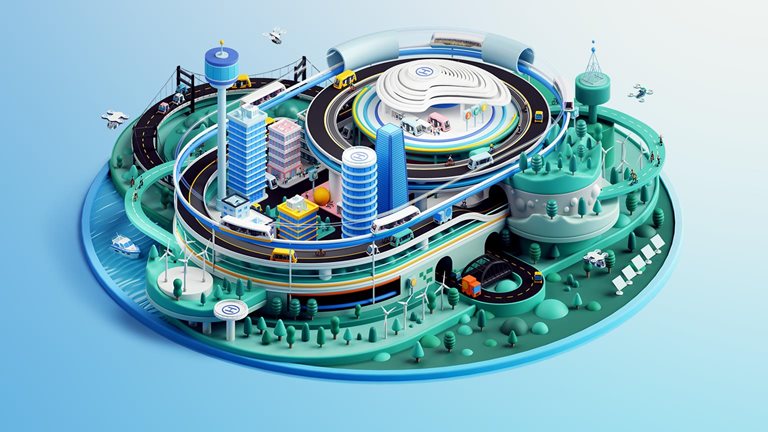






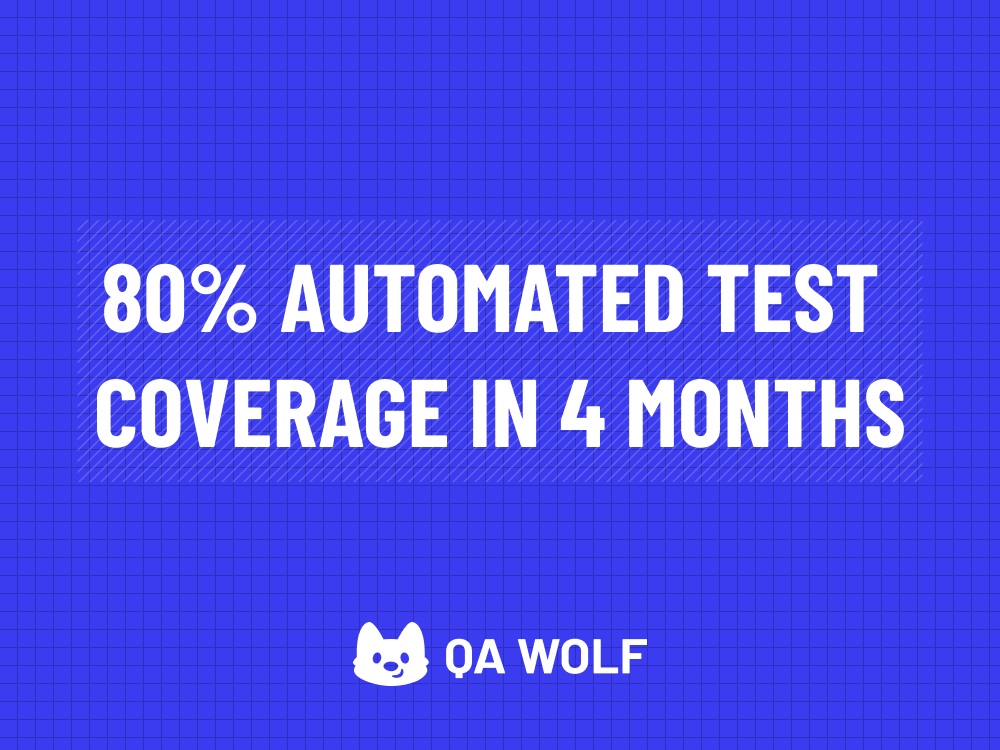
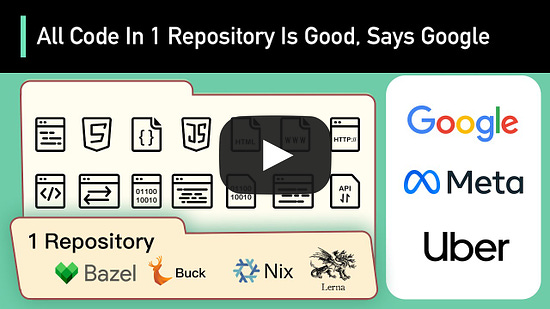
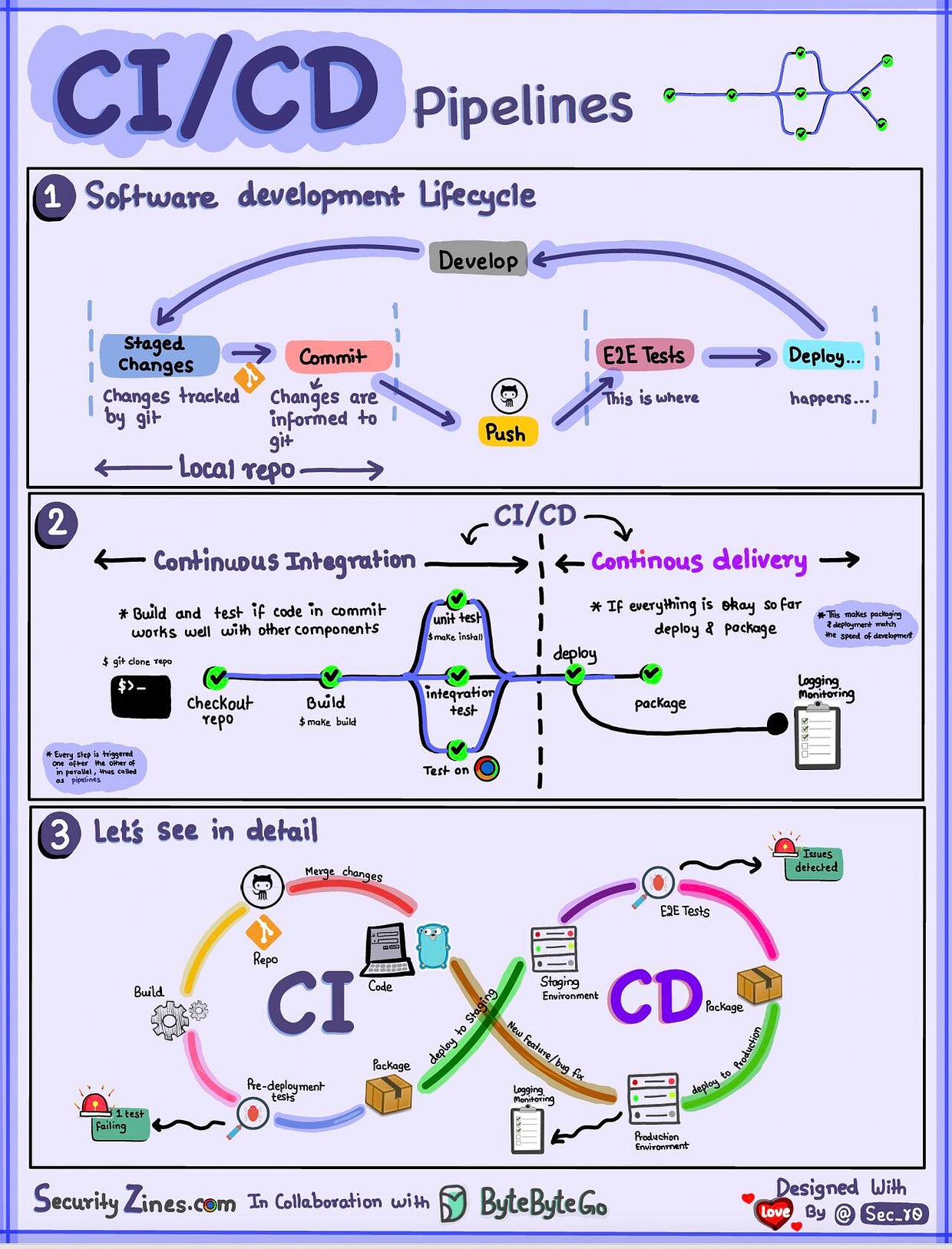
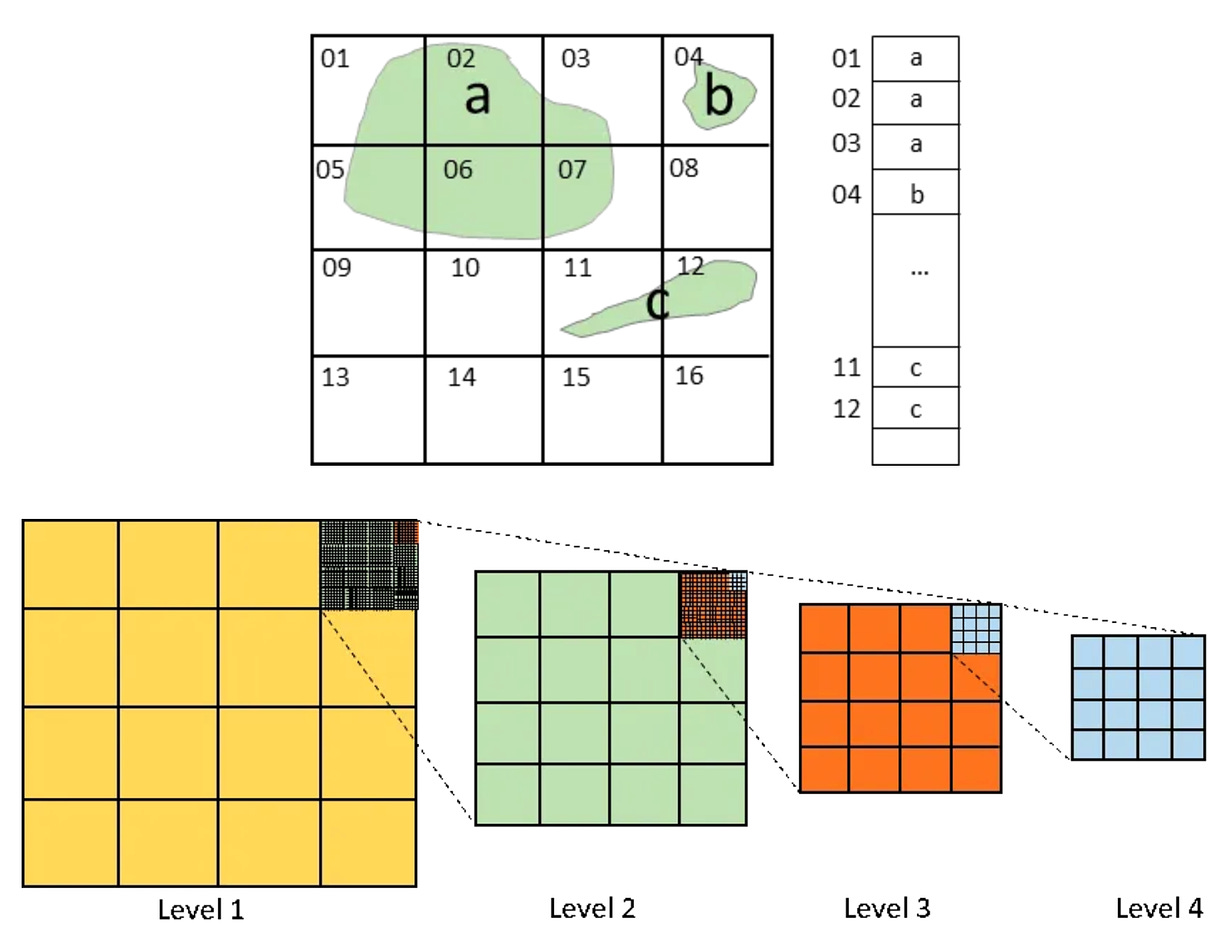
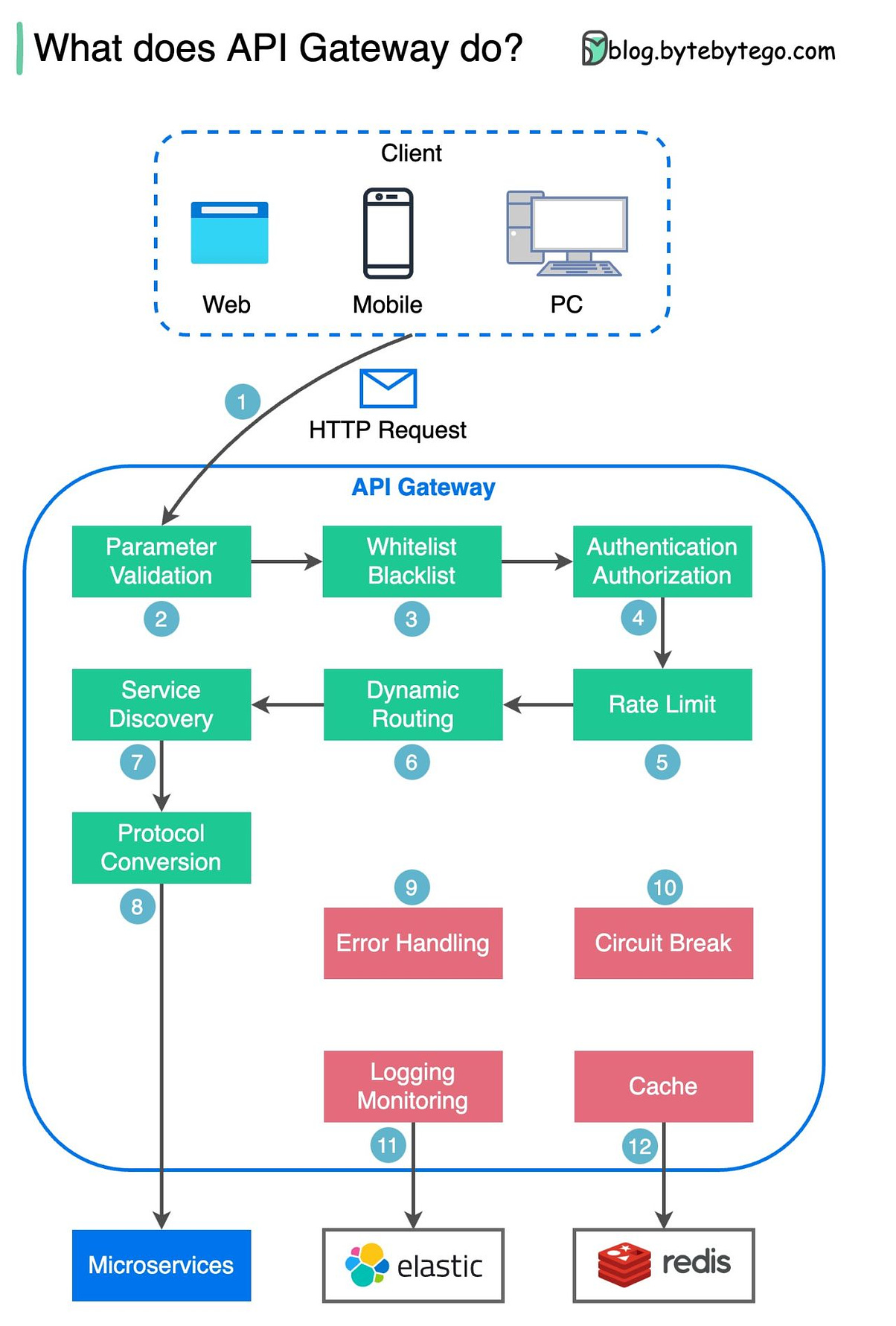
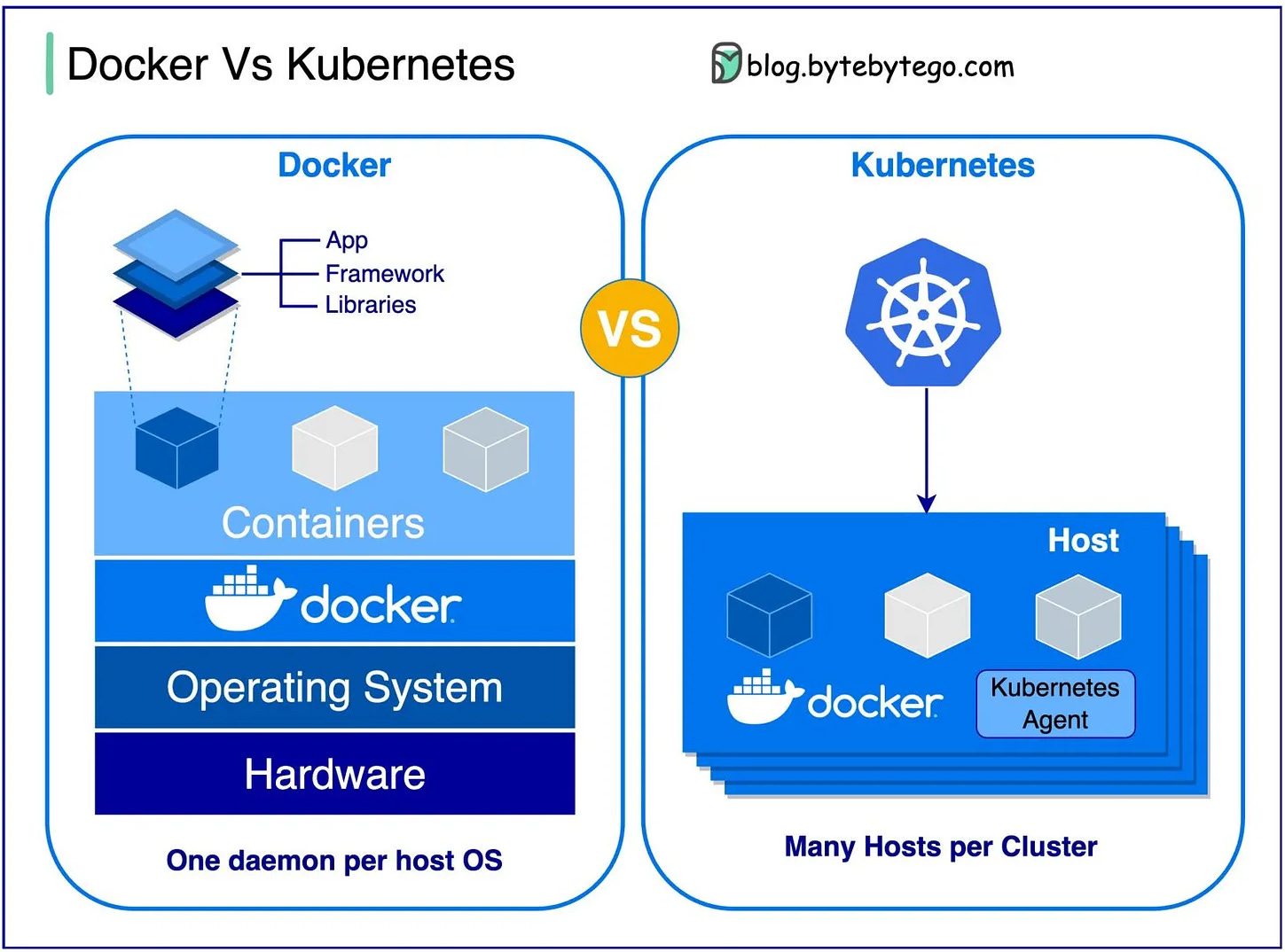
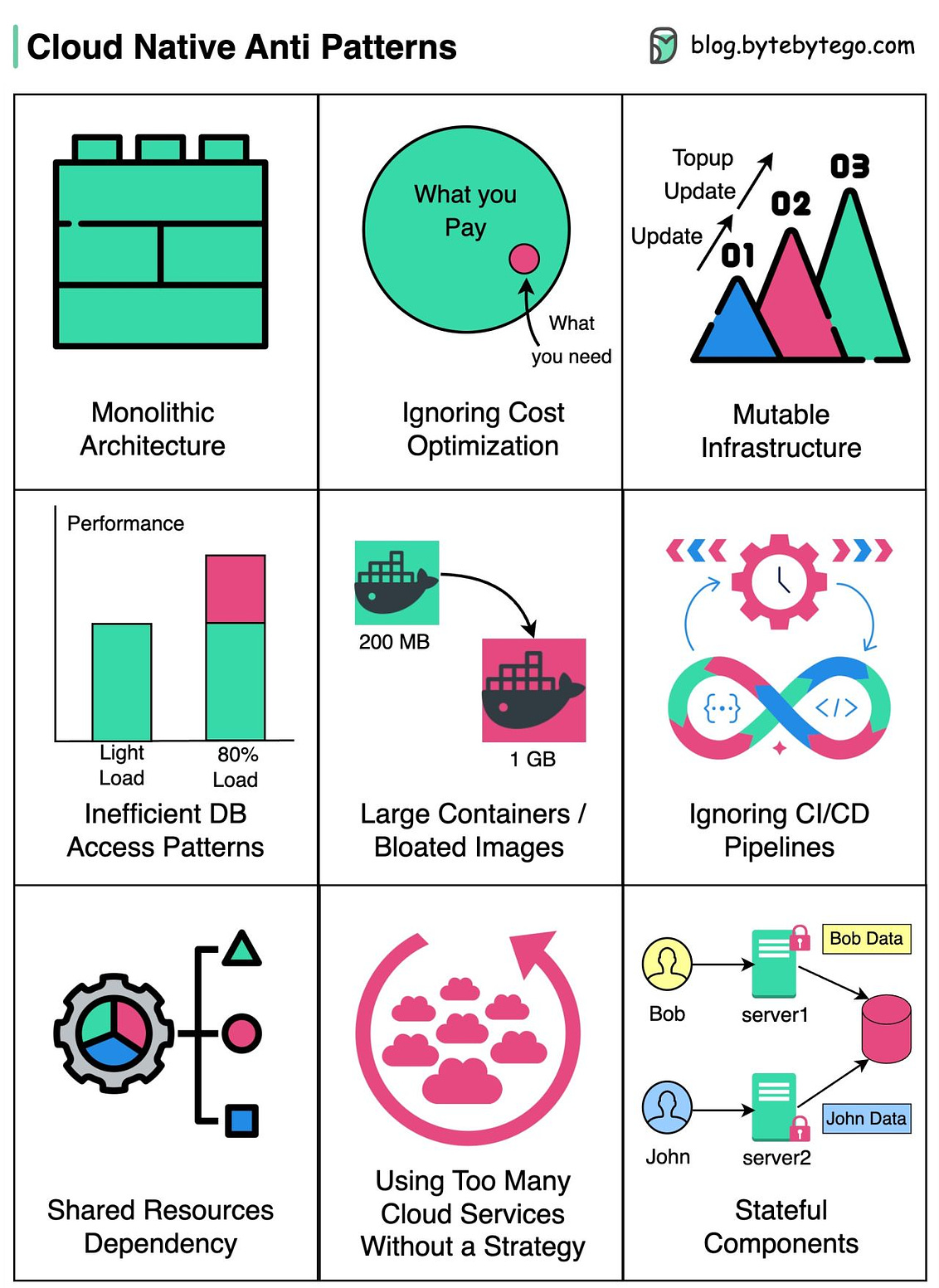
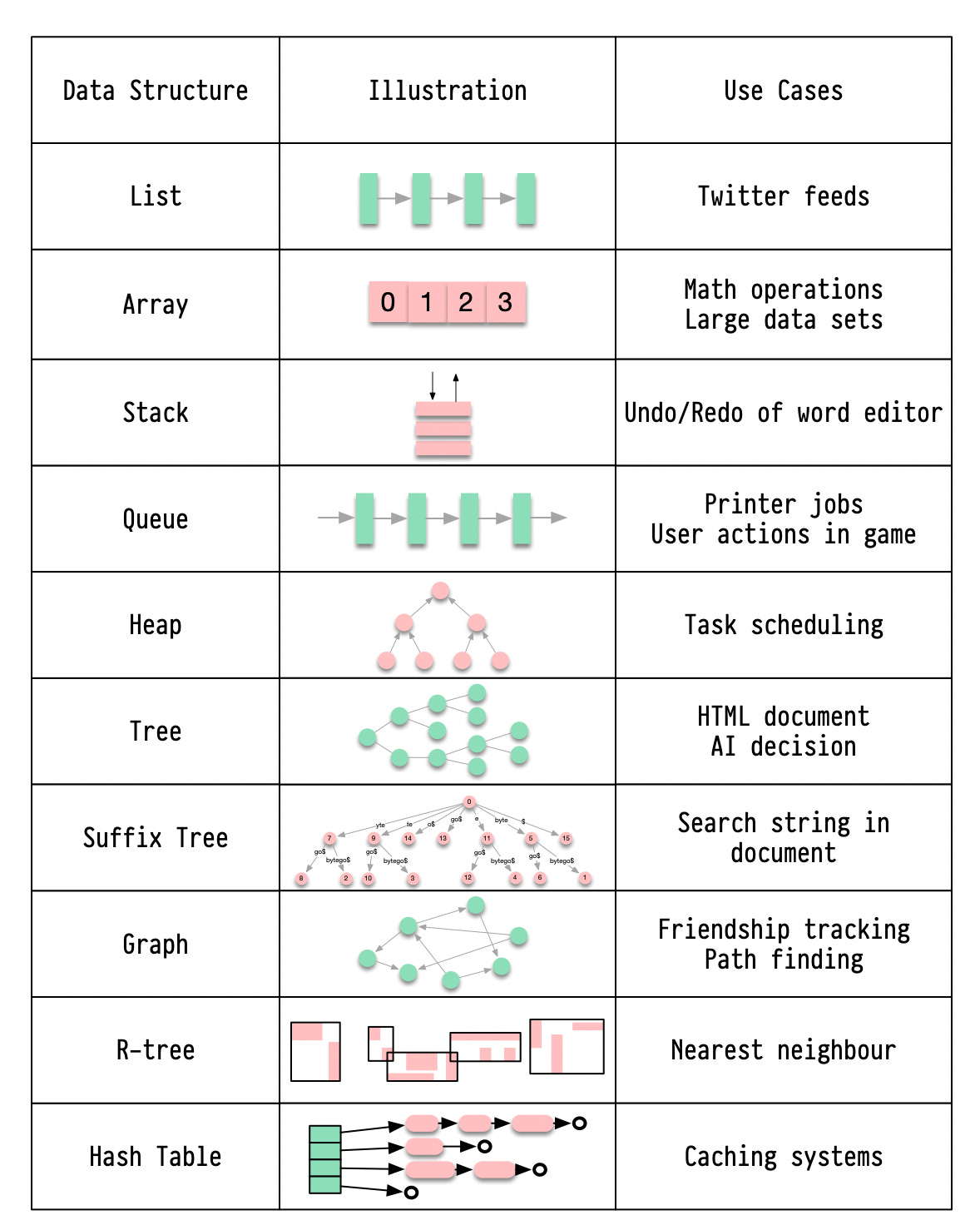






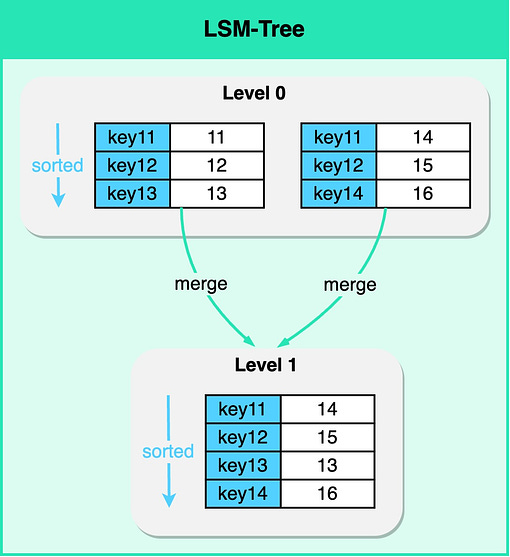
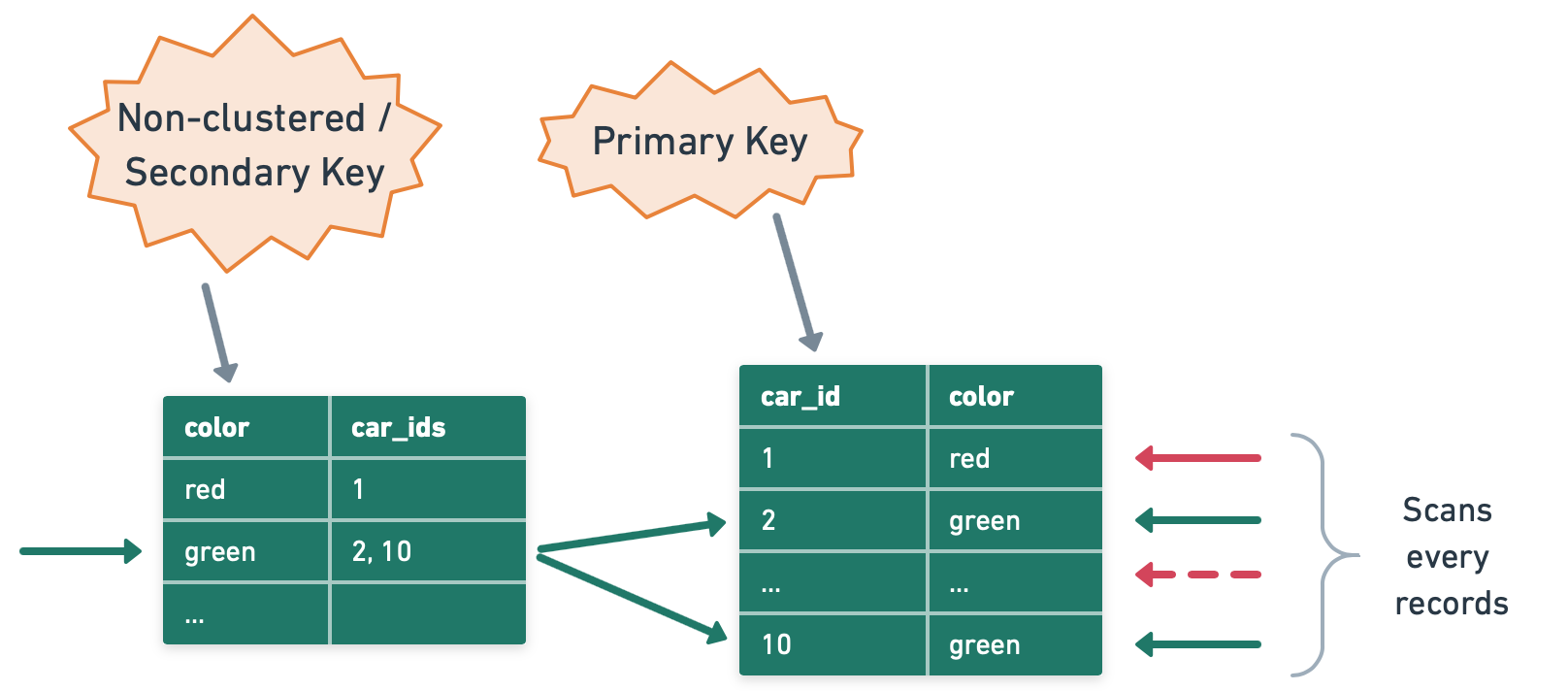
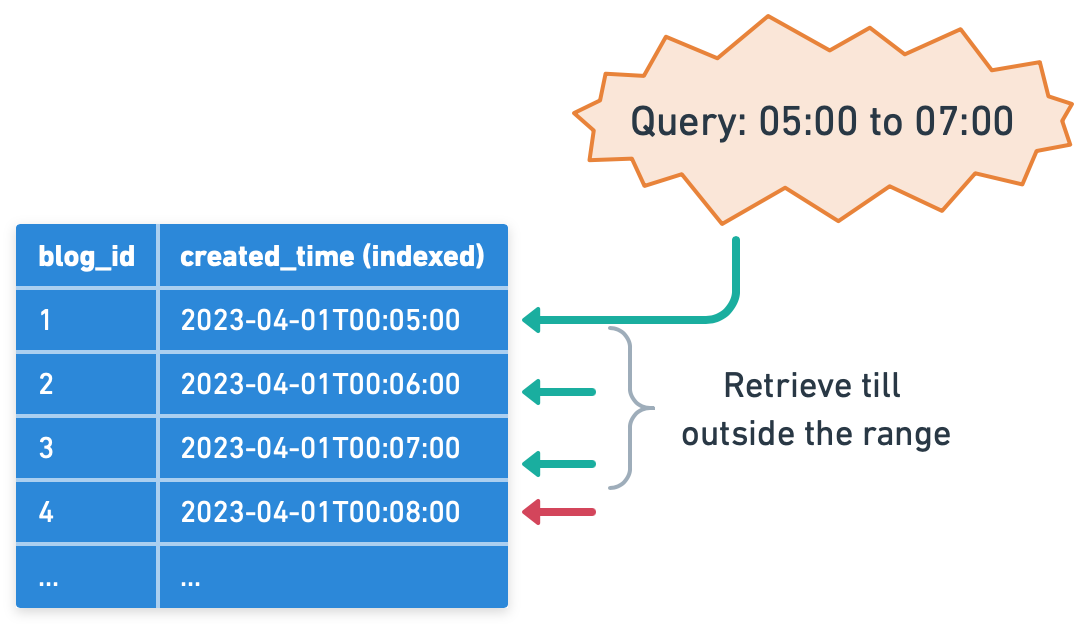
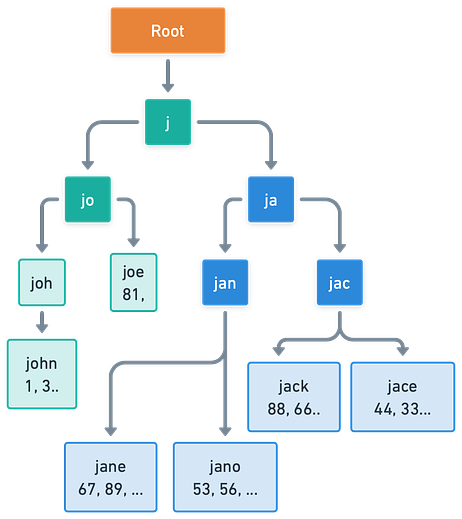









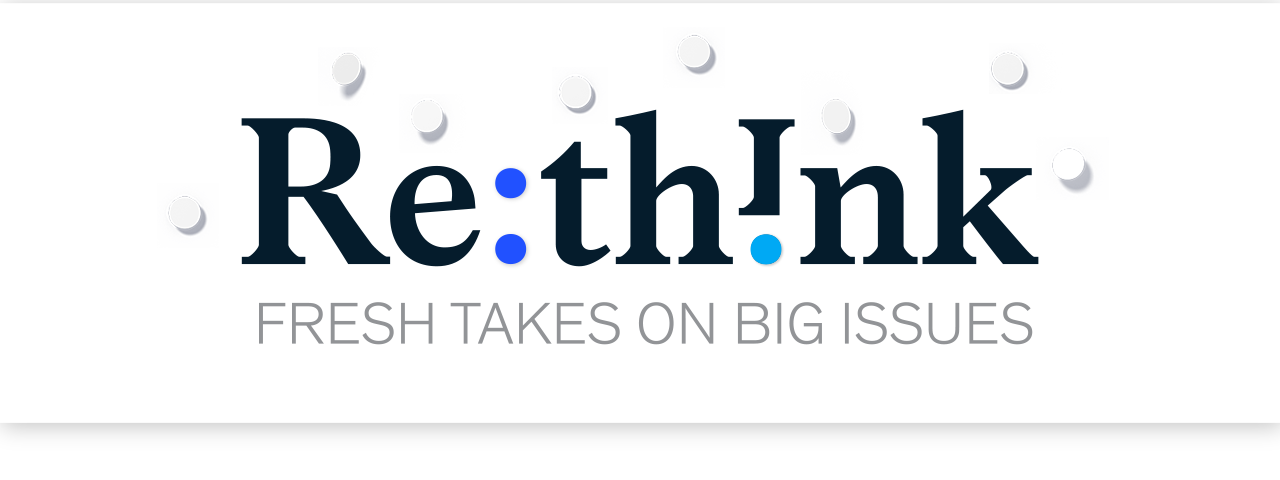

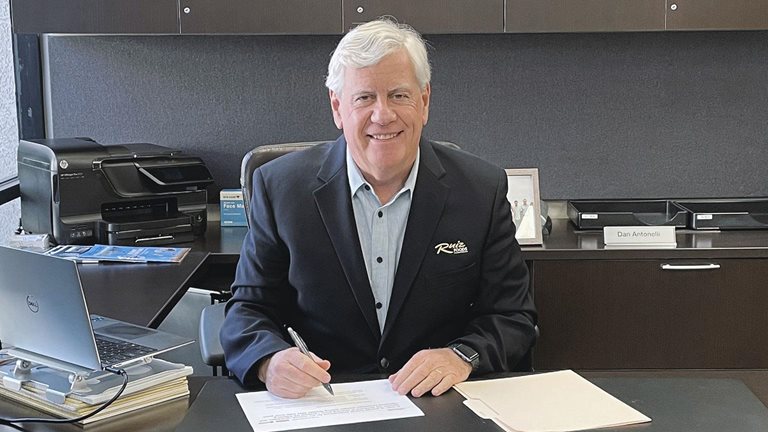
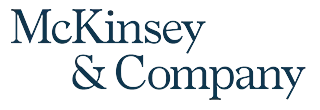




.png)



